| |
|
|
Botanical Name |
: |
Mentha aquatica L. |
English
Name |
: |
Water mint, Marsh mint, Wild mint |
Synonym(s) |
: |
Mentha hirsuta Huds., Mentha palustris Mill. |
Family |
: |
Lamiaceae |
| |
General Info
| Description |
 |
|
A herbaceous rhizomatous perennial plant growing to 90 cm tall. The stems are square in cross section, green or purple, and variably hairy to almost hairless. The rhizomes are wide-spreading, fleshy, and bear fibrous roots. The leaves are ovate to ovate-lanceolate, 2–6 cm long and 1–4 cm broad, green (sometimes purplish), opposite, toothed, and vary from hairy to nearly hairless. The flowers are tiny, densely crowded, purple, tubular, pinkish to lilac in colour. |
| Herb Effects |
 |
|
Anodyne, antiseptic, antispasmodic, astringent, antitussive, carminative, cholagogue, diaphoretic, emetic, emmenagogue, refrigerant, stimulant, stomachic, tonic and vasodilator (leaves) |
Chemistry
| Active Ingredients |
 |
|
Acacetin, apigenin, hesperetin, rosmarinic acid (plant); (+)- pulegone, 1,8-cineole, acetone, alpha-pinene, beta-pinene, carvone, caryophyllene, formic acid, isomenthone, limonene, linalyl acetate, menthofuran, menthol, menthone, menthyl acetate, menthyl valerate, myrcene, neomenthol, piperitenone, piperitone, pulegone, tannin, viridiflorol (leaves). |
| Chemistry
of Active Ingredients |
 |
|
|
 |
Name |
CAS# |
IUPAC Name |
Formula |
Structure |
 |
|
| Acacetin |
480-44-4 |
4,5-dihydroxy-2-(4-m
ethoxyphenyl)-chrome
n-7-one |
C16H12O5 |
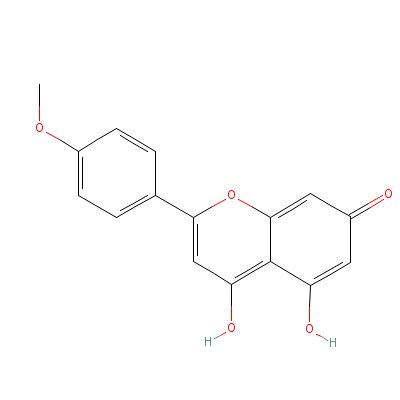
|
| Apigenin |
520-36-5 |
4,5-dihydroxy-2-(4-h
ydroxyphenyl)-chrome
n-7-one |
C15H10O5 |
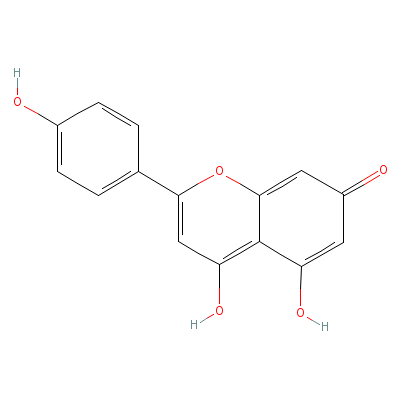
|
| Hesperitin |
Not Available |
5,7-dihydroxy-2-(3-h
ydroxy-4-methoxy-phe
nyl)chroman-4-one |
C16H14O6 |
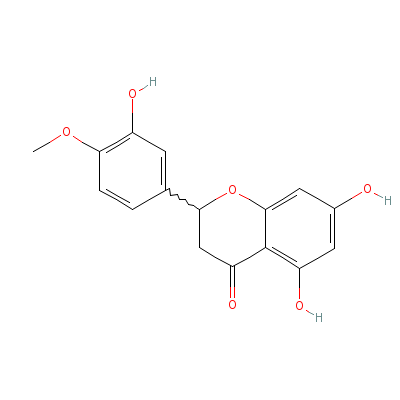
|
| Rosmarinic acid |
537-15-5 |
3-(3,4-dihydroxyphen
yl)-2-[3-(3,4-dihydr
oxyphenyl)prop-2-eno
yloxy]prop
anoic
acid |
C18H16O8 |
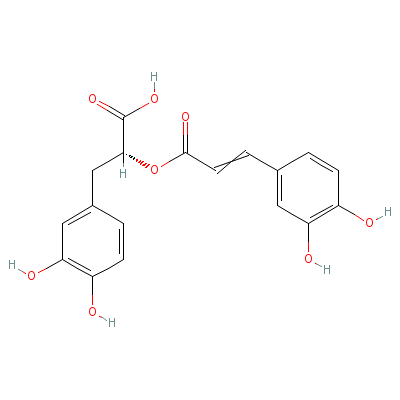
|
| (+)-Pulegone |
90449-51-7 |
5-methyl-2-propan-2-
ylidene-cyclohexan-1
-one |
C10H16O |
-Pulegone.png)
|
| 1,8-cineole |
8024-53-1 |
2,2,4-trimethyl-3-ox
abicyclo[2.2.2]octan
e |
C10H18O |
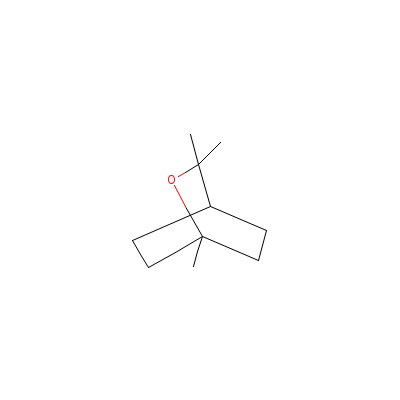
|
| Acetone |
Not Available |
acetone |
C3H6O |
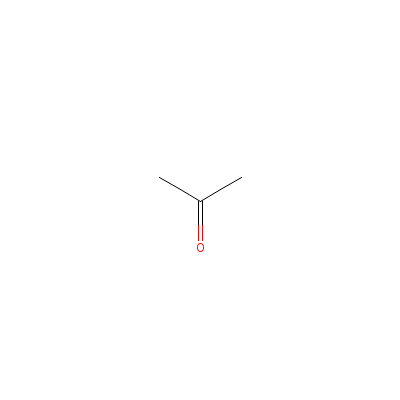
|
| alpha-Pinene |
80-56-8 |
2,7,7-trimethylbicyc
lo[3.1.1]hept-2-ene |
C10H16 |
|
| Beta-pinene |
23089-32-9 |
6,6-dimethyl-2-methy
lidene-norpinane |
C10H16 |
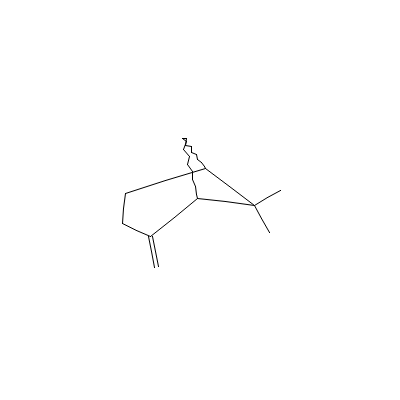
|
| Carvone |
53763-73-8 |
2-methyl-5-prop-1-en
-2-yl-cyclohex-2-en-
1-one |
C10H14O |
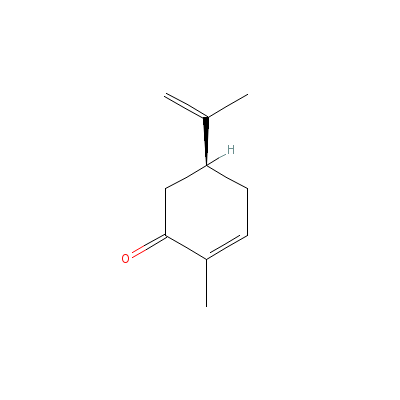
|
| Caryophyllene |
87-44-5 |
4,11,11-trimethyl-8-
methylidene-bicyclo[
7.2.0]undec-4-ene |
C15H24 |

|
| Formic acid |
992-98-3 |
formic acid |
CH2O2 |

|
| Isomenthone |
18309-28-9 |
5-methyl-2-propan-2-
yl-cyclohexan-1-one |
C10H18O |
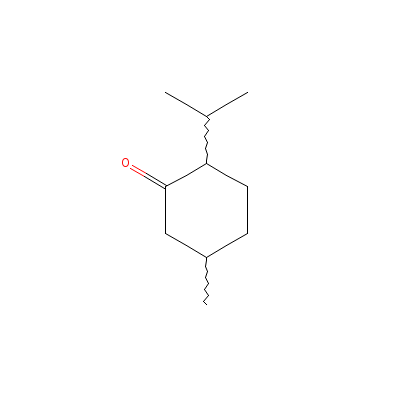
|
| Limonene |
9003-73-0 |
1-methyl-4-prop-1-en
-2-yl-cyclohexene |
C10H16 |
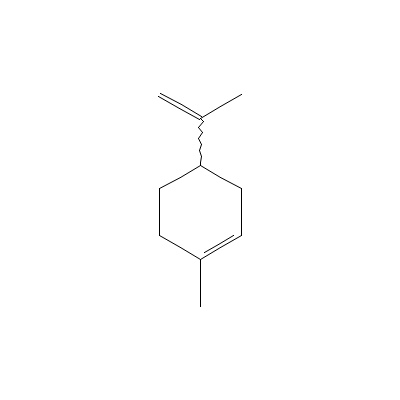
|
| Linalyl acetate |
8022-85-3 |
3,7-dimethylocta-1,6
-dien-3-yl acetate |
C12H20O2 |
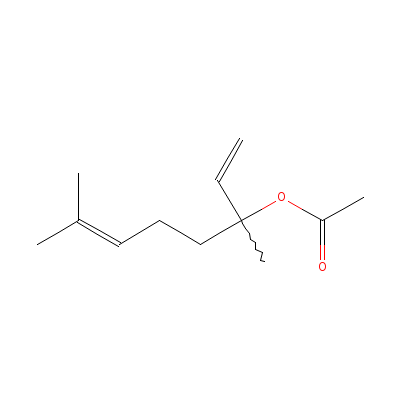
|
| Menthofuran |
59553-66-1 |
3,5-dimethyl-4,5,6,7
-tetrahydrobenzofura
n |
C10H14O |
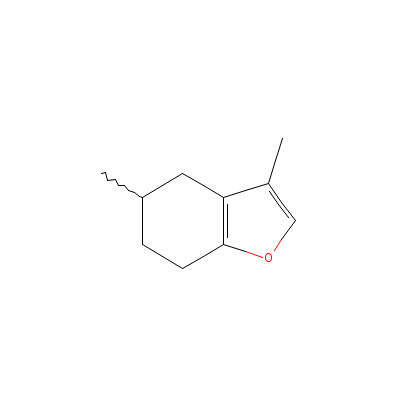
|
| Menthol |
2216-51-5 |
5-methyl-2-propan-2-
yl-cyclohexan-1-ol |
C10H20O |

|
| Menthone |
89-80-5 |
5-methyl-2-propan-2-
yl-cyclohexan-1-one |
C10H18O |

|
| Menthyl acetate |
16409-45-3 |
(5-methyl-2-propan-2
-yl-cyclohexyl)
acetate |
C12H22O2 |
|
| Menthyl valerate |
89-47-4 |
(5-methyl-2-propan-2
-yl-cyclohexyl)
pentanoate |
C15H28O2 |
|
| Myrcene |
2153-31-3 |
7-methyl-3-methylide
ne-octa-1,6-diene |
C10H16 |
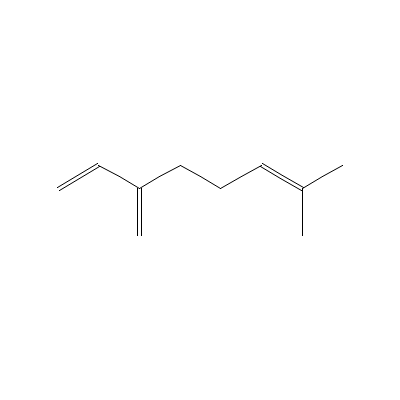
|
| Neomenthol |
491-01-0 |
5-methyl-2-propan-2-
yl-cyclohexan-1-ol |
C10H20O |
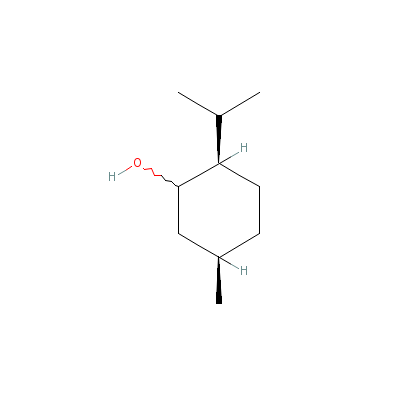
|
| Piperitenone |
Not Available |
3-methyl-6-propan-2-
ylidene-cyclohex-2-e
n-1-one |
C10H14O |

|
| Piperitone |
Not Available |
3-methyl-6-propan-2-
yl-cyclohex-2-en-1-o
ne |
C10H16O |
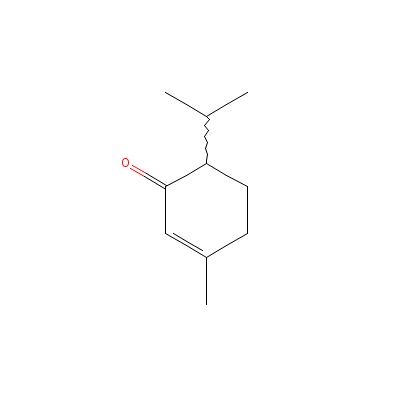
|
| Pulegone |
3285-04-9 |
5-methyl-2-propan-2-
ylidene-cyclohexan-1
-one |
C10H16O |
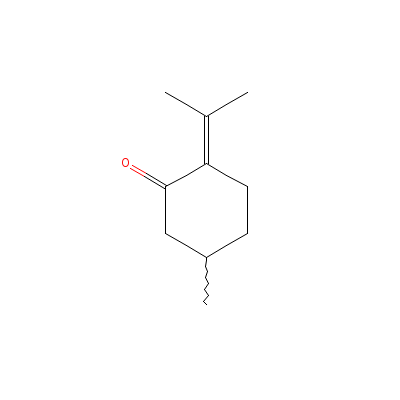
|
| Tannin |
1401-55-4 |
Not Available |
C27H22O18 |
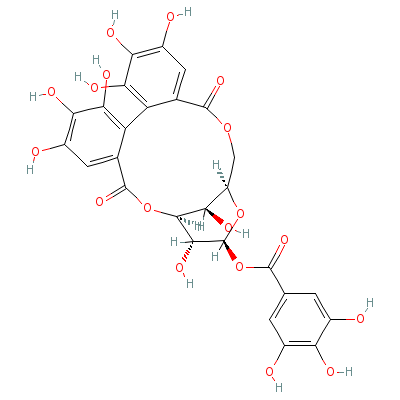
|
| Viridiflorol |
552-02-3 |
Not Available |
C15H26O |
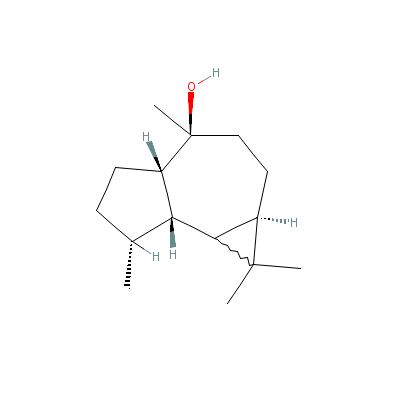
|
|
Pharmacology
| Medicinal Use |
 |
|
A tea made from the leaves has traditionally been used in the treatment of fevers, headaches, digestive disorders and various minor ailments. It is also used as a mouth-wash and a gargle for treating sore throats, ulcers, bad breath etc. A decoction of leaves has been indicated in various conditions such as adenopathy, asthma, bites, boils, bronchosis, burn, breast cancer, gum cancer, cancers of liver, parotid and spleen, carbuncles, catarrh, condyloma, coryza, cough, diarrhea , dysmenorrhea, earache, eczema, gall stones, gas, gingivosis, hay fever, hepatosis, inflammations, itch, laryngosis, mastosis, mycosis, neuralgia, ozena, pain, parotosis, pharyngosis, phthisis, pulmonosis, ringworm, sciatica, sore throat, splenosis, stings, toothache, vaginosis etc. |
| Reference |
 |
|
 James A Duke and Maryl Fulton. Handbook of Medicinal Herbs - 2nd Edition, P: 764, CRC Press July 2002. James A Duke and Maryl Fulton. Handbook of Medicinal Herbs - 2nd Edition, P: 764, CRC Press July 2002.
|
Dealers
Products
|
|